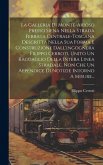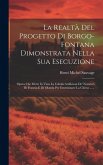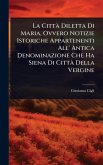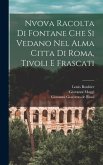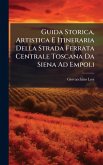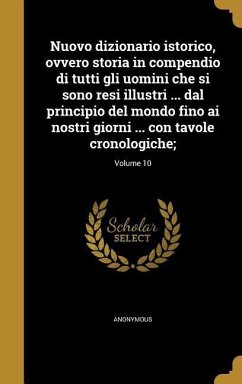Progetto Per La Costruzione Di Una Strada Ferrata a Doppie Guide Che Partendo Da Roma, O Da Civitavecchia Per Viterbo, Ed Orvieto Vada a Terminare Ai Confini Toscani, Sotto Citta'della Pieve Con La Denominazione Di Pia-Cassia is a historical document detailing a proposed railway construction project in 19th-century Italy. Authored by Pietro Bocci, this project outlines the ambitious plan to build a double-track railway line connecting Rome or Civitavecchia, via Viterbo and Orvieto, to the Tuscan border near Citta'della Pieve. This volume offers insights into the engineering considerations, regional development ambitions, and transportation challenges of the era. It is a valuable resource for historians of technology, transportation, and Italian regional history, providing a detailed look at a significant infrastructure initiative from the mid-19th century. This work has been selected by scholars as being culturally important, and is part of the knowledge base of civilization as we know it. This work was reproduced from the original artifact, and remains as true to the original work as possible. Therefore, you will see the original copyright references, library stamps (as most of these works have been housed in our most important libraries around the world), and other notations in the work. This work is in the public domain in the United States of America, and possibly other nations. Within the United States, you may freely copy and distribute this work, as no entity (individual or corporate) has a copyright on the body of the work. As a reproduction of a historical artifact, this work may contain missing or blurred pages, poor pictures, errant marks, etc. Scholars believe, and we concur, that this work is important enough to be preserved, reproduced, and made generally available to the public. We appreciate your support of the preservation process, and thank you for being an important part of keeping this knowledge alive and relevant.
Bitte wählen Sie Ihr Anliegen aus.
Rechnungen
Retourenschein anfordern
Bestellstatus
Storno

![Progetto Per La Costruzione Di Una Strada Ferrata a Doppie Guide Che Partendo Da Roma, O Da Civitavecchia Per Viterbo, Ed Orvieto Vada a Terminare Ai Confini Toscani, Sotto Citta'della Pieve Con La Denominazione Di Pia-Cassia - [Bocci, Pietro] Progetto Per La Costruzione Di Una Strada Ferrata a Doppie Guide Che Partendo Da Roma, O Da Civitavecchia Per Viterbo, Ed Orvieto Vada a Terminare Ai Confini Toscani, Sotto Citta'della Pieve Con La Denominazione Di Pia-Cassia - [Bocci, Pietro]](https://bilder.buecher.de/produkte/75/75500/75500085n.jpg)
